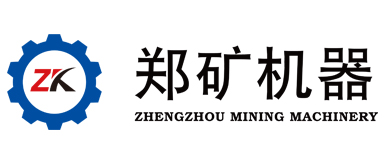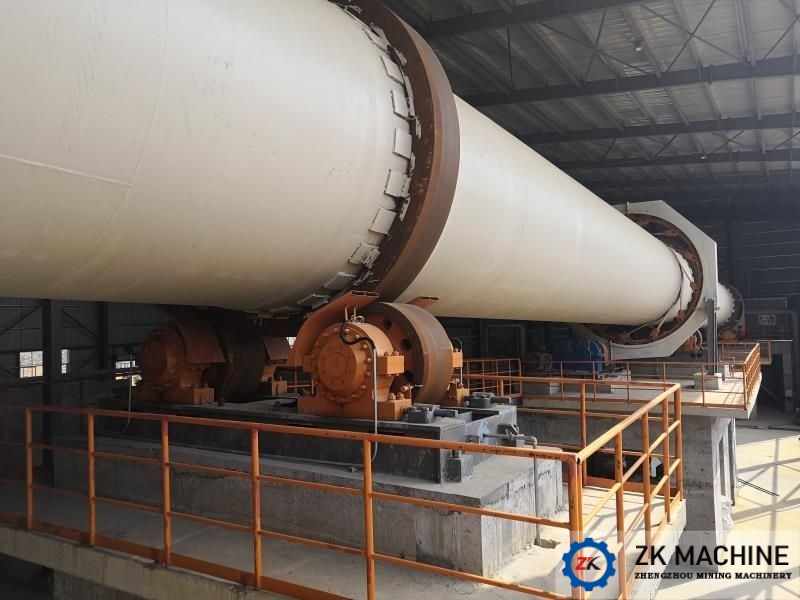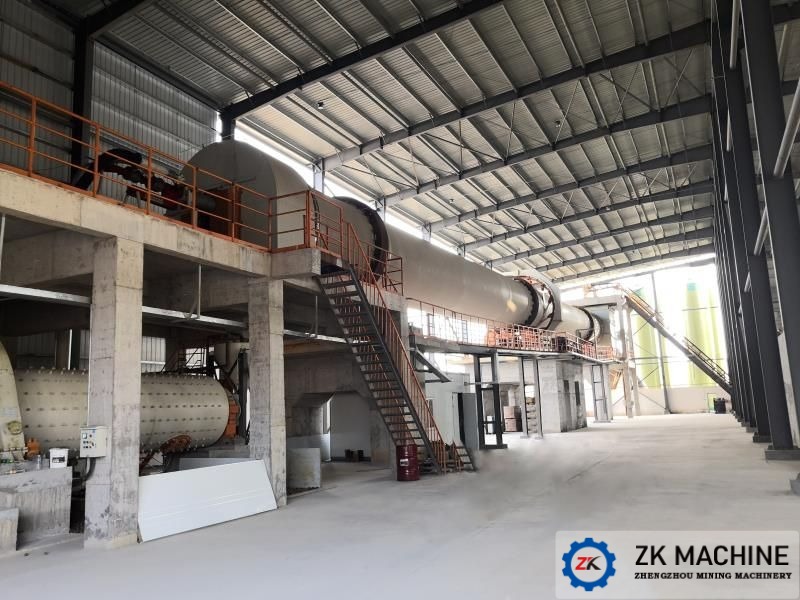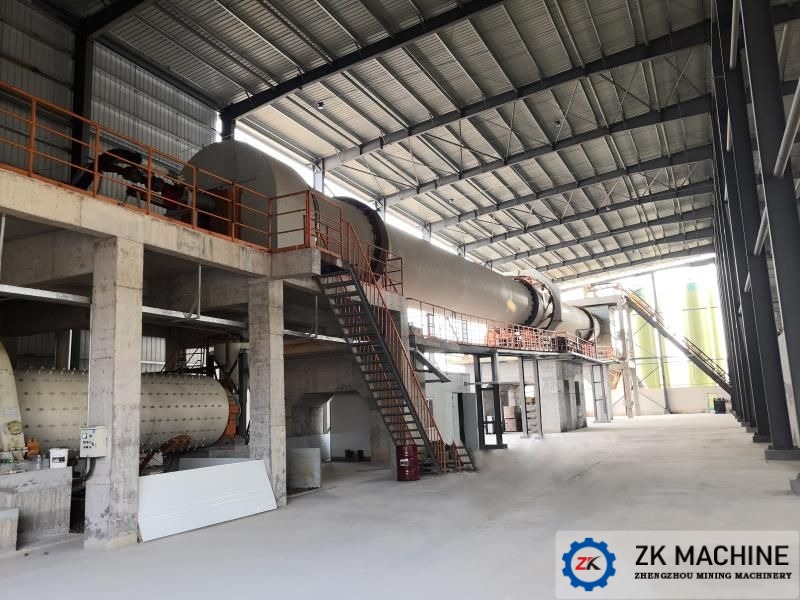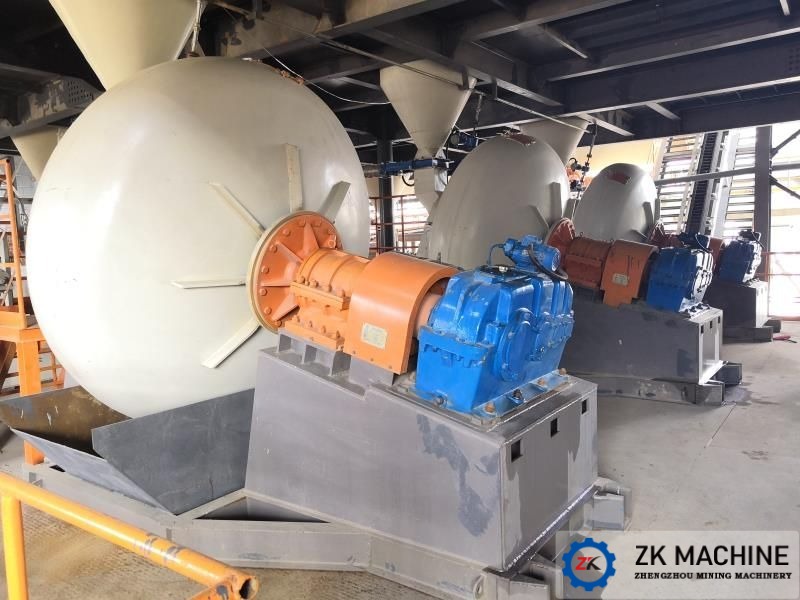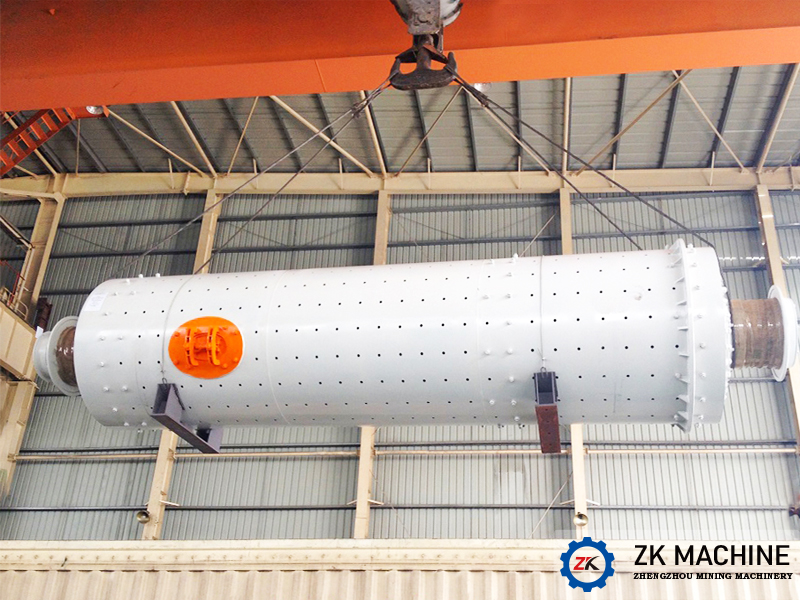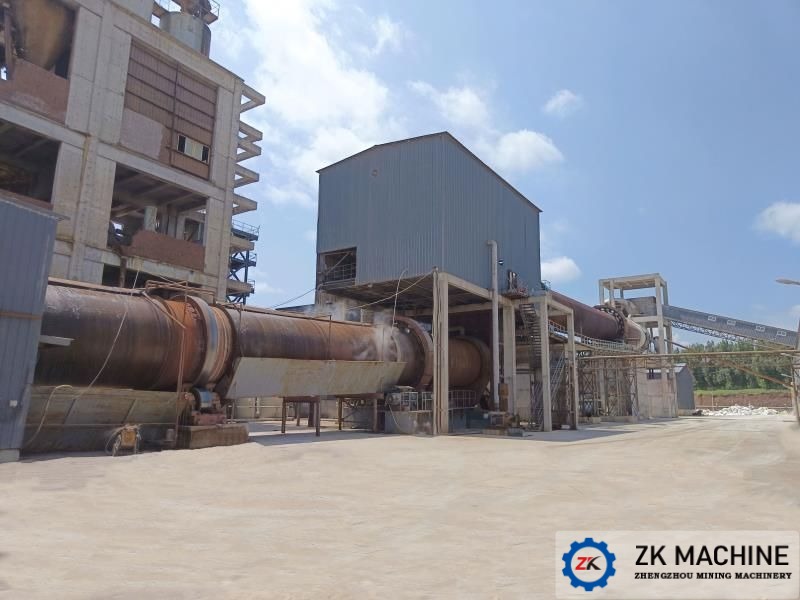The raw materials mainly include lepidolite and corresponding auxiliary materials.
(1) Feeding System
This production line uses lepidolite and auxiliary materials I, auxiliary materials II, auxiliary materials III, and dust collection powder.
The loading crane hoists tons of lepidolite powder and small bags of auxiliary materials I, II, and III to the top of the batching warehouse. The bags are manually unpacked, and the materials are put into the small warehouse. A bag dust collector is set up to collect the powder. The dust collection powder is collected for dust removal and recycling. Set up another crane to unload materials from the cars into the storage area.
(2) Batching System
The four batching bins of lepidolite powder and auxiliary materials I, II, and III as well as the dust collection powder bin are equipped with weighing sensors for weighing the weight of materials in the bins. The double-spiral weighing control system under the bins adjusts the material discharge. quantity. After various materials are unloaded, they enter a FU chain conveyor and send the materials to the mixing mixer.
(3) Mixing and granulating System
A horizontal mixing mixer is used for water mixing operation, and three granulators are used for pelletizing operation. The materials from the chain conveyor enter the mixing mixer and are thoroughly mixed while adding an appropriate amount of water. After mixing evenly, open the pneumatic gate under the mixer, and the materials will be discharged and fall into the elevator.
(4) Calcination System
Materials from the large-angle belt conveyor enter the rotary kiln evenly through the air lock valve and the kiln tail discharge pipe.
The rotary kiln has a certain slope. As the kiln continues to rotate, the materials slowly advance from the high end to the low end. Natural gas is injected from the kiln head and burned in the kiln. The heat is absorbed by the materials. The materials undergo physical and chemical changes at high temperatures and are calcined into finished products, which are then discharged from the rotary kiln.
The gas chamber is installed at the inlet of the kiln. The large particles of dust carried by the flue gas fall into the ash hopper at the bottom of the smoke chamber. The return material from the end of the kiln enters the batching bin and re-enters the process. An air outlet is set on the side of the smoke chamber, and the waste gas at the end of the kiln enters the dust collection system.
(5) Wet Grinding System
A wet ball mill is installed at the discharge port of the kiln. High-temperature materials enter the ball mill, and water is added to the incoming mill. The materials are ground into a slurry in the high-temperature environment inside the mill, undergo a leaching reaction, and are then discharged from the mill. , enter the next process. The steam generated by the evaporation of water in the mill is sucked into the kiln by the negative pressure at the kiln head.
 LECA PRODUCTION LINE
LECA PRODUCTION LINE
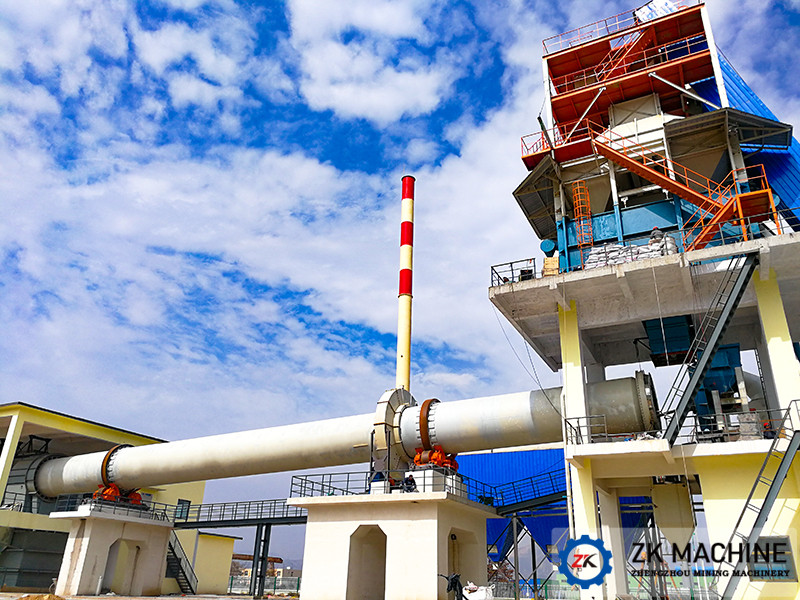 MAGNESIUM PRODUCTION LINE
MAGNESIUM PRODUCTION LINE
 ACTIVE LIME PRODUCTION LINE
ACTIVE LIME PRODUCTION LINE
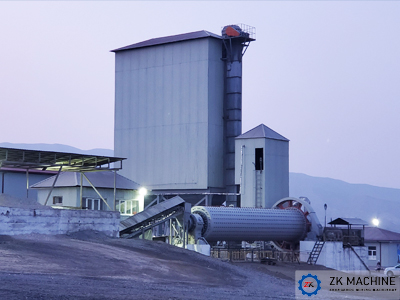 CEMENT GRINDING STATION
CEMENT GRINDING STATION
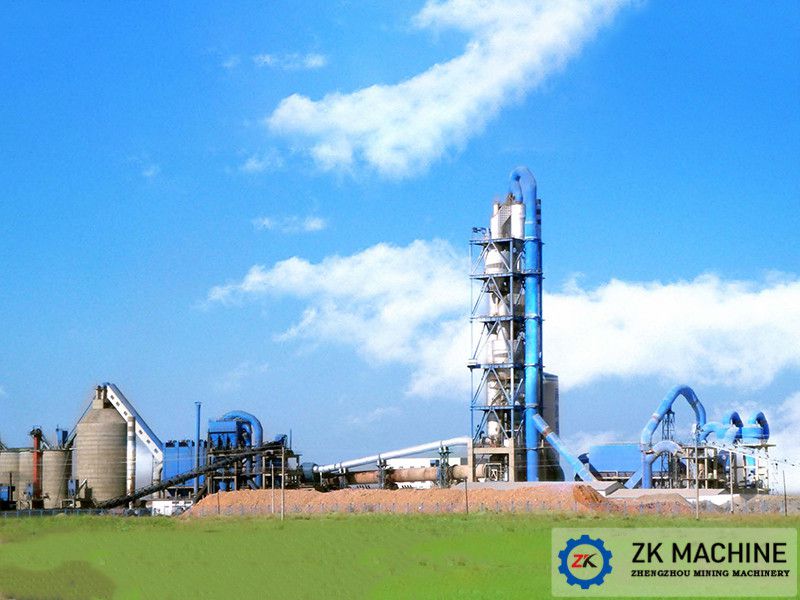 CEMENT PRODUCTION LINE
CEMENT PRODUCTION LINE
 LIME SLAKING PLANT
LIME SLAKING PLANT
 MAGNESIUM OXIDE (MgO) PLANT
MAGNESIUM OXIDE (MgO) PLANT
 LITHIUM PRODUCTION LINE
LITHIUM PRODUCTION LINE
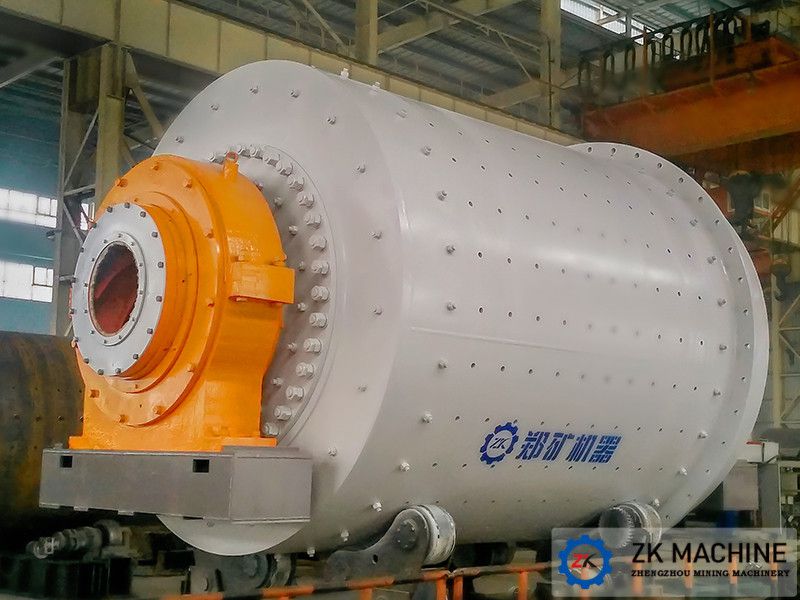 ORE DRESSING LINE
ORE DRESSING LINE
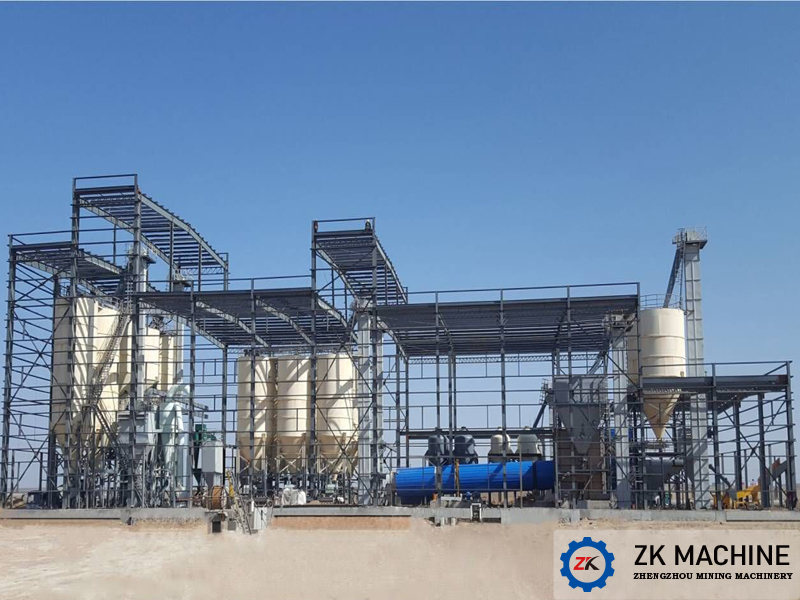 GYPSUM POWDER PRODUCTION LINE
GYPSUM POWDER PRODUCTION LINE
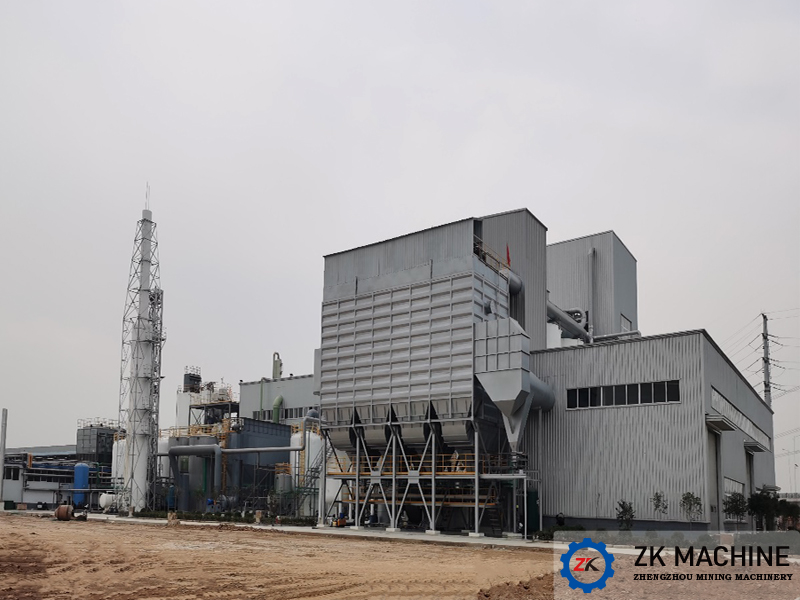 ALUMINUM ASH PROCESSING SYSTEM
ALUMINUM ASH PROCESSING SYSTEM
 FRACTURING PROPPANT PRODUCTION LINE
FRACTURING PROPPANT PRODUCTION LINE
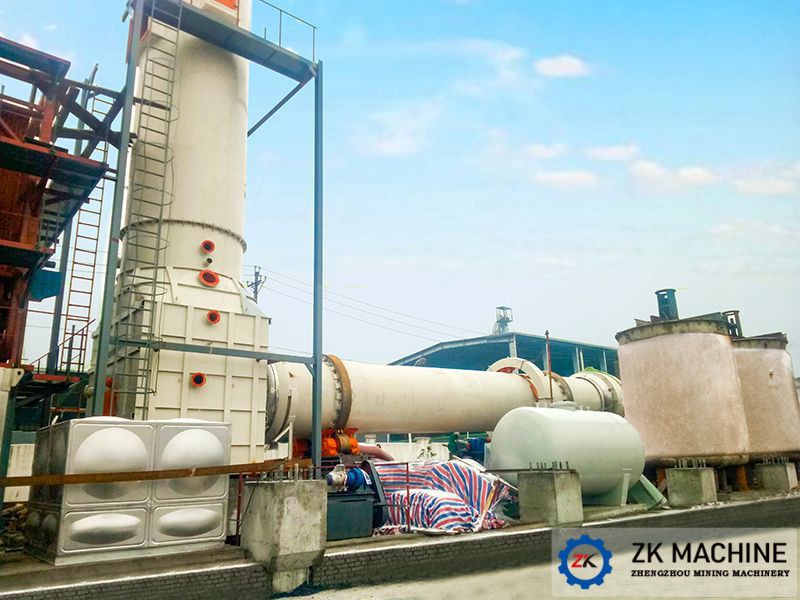 SOLID (HAZARDOUS) WASTE INCINERATION SYSTEM
SOLID (HAZARDOUS) WASTE INCINERATION SYSTEM
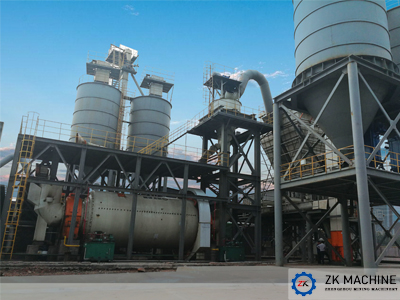 PULVERIZED COAL PREPARATION PRODUCTION LINE
PULVERIZED COAL PREPARATION PRODUCTION LINE
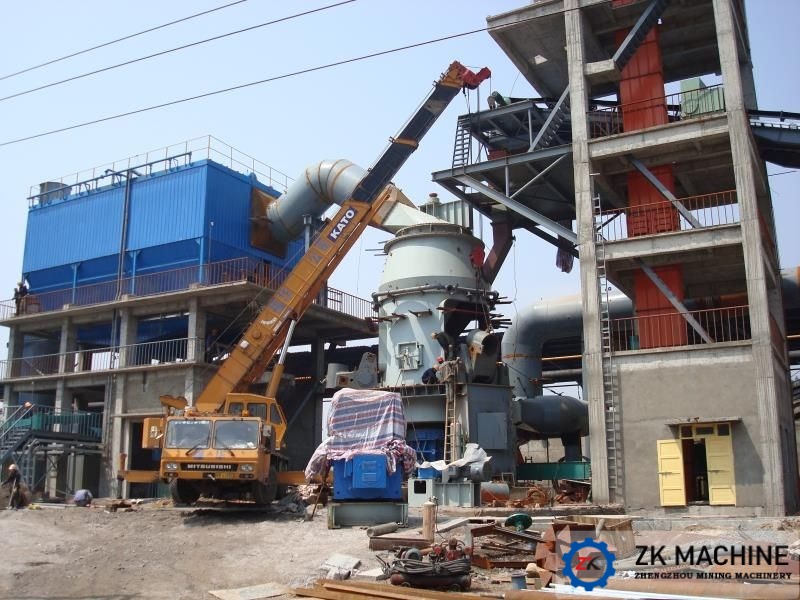 GGBS PRODUCTION LINE
GGBS PRODUCTION LINE
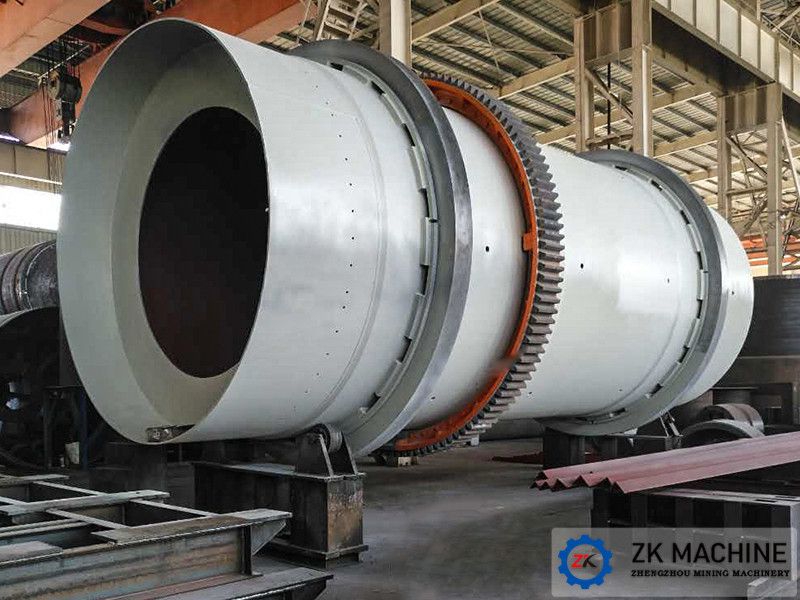 SUPERPHOSPHATE PRODUCTION LINE
SUPERPHOSPHATE PRODUCTION LINE
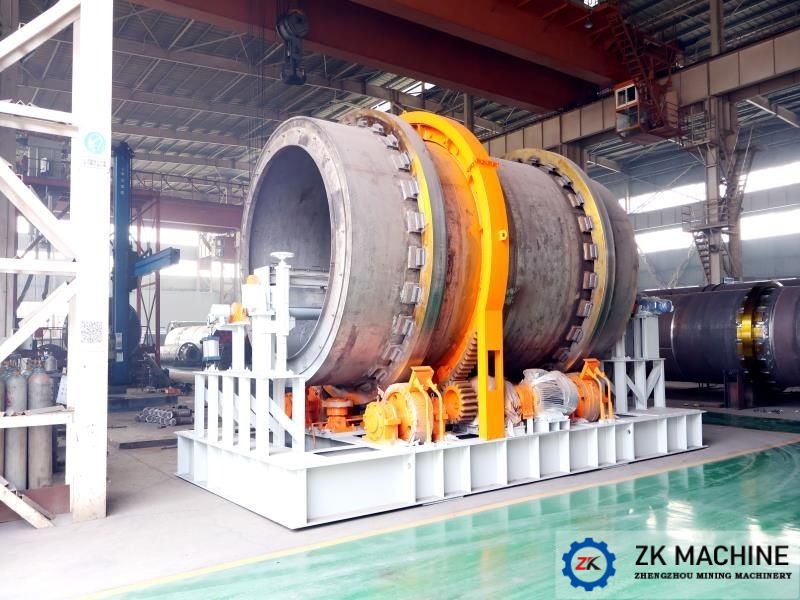 MOLECULAR SIEVE PRODUCTION LINE
MOLECULAR SIEVE PRODUCTION LINE
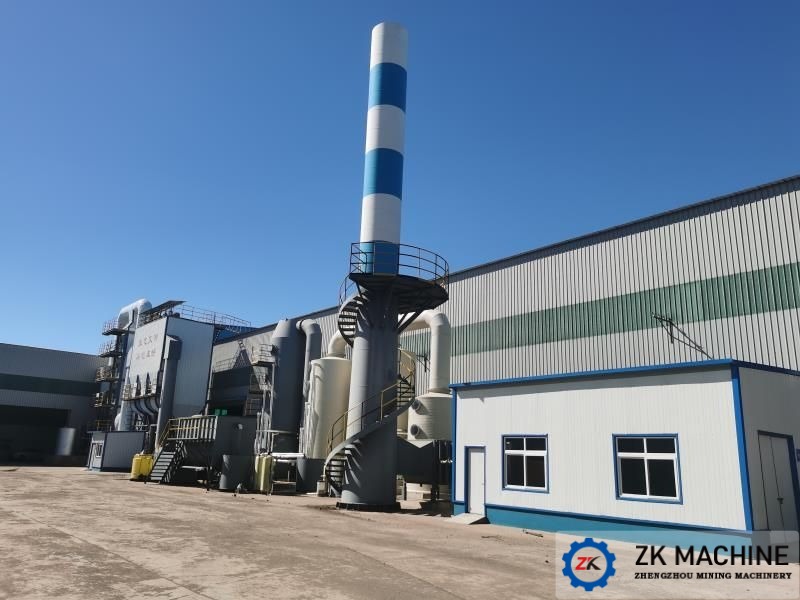 FLUE GAS PURIFICATION SYSTEM
FLUE GAS PURIFICATION SYSTEM
 FGD SYSTEM
FGD SYSTEM
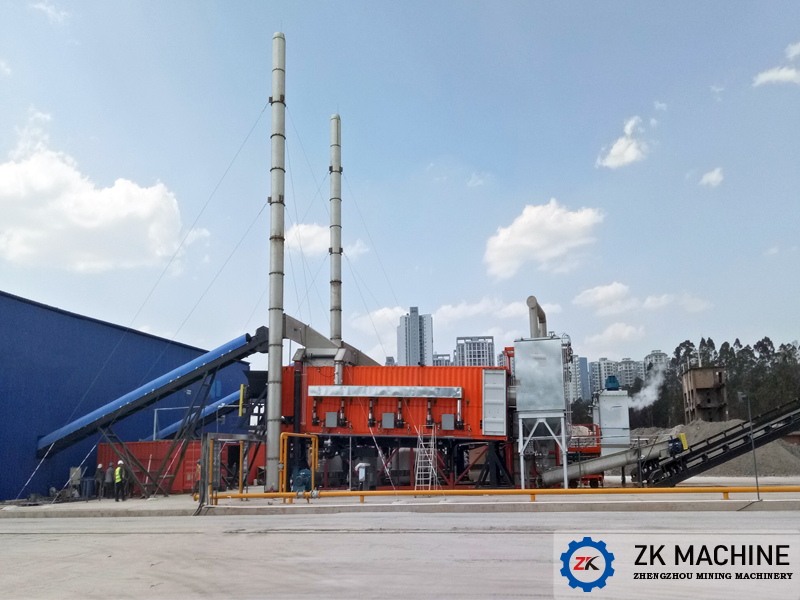 SOIL REMEDIATION SYSTEM
SOIL REMEDIATION SYSTEM
 PHOSPHOGYPSUM DISPOSAL PRODUCTION LINE
PHOSPHOGYPSUM DISPOSAL PRODUCTION LINE
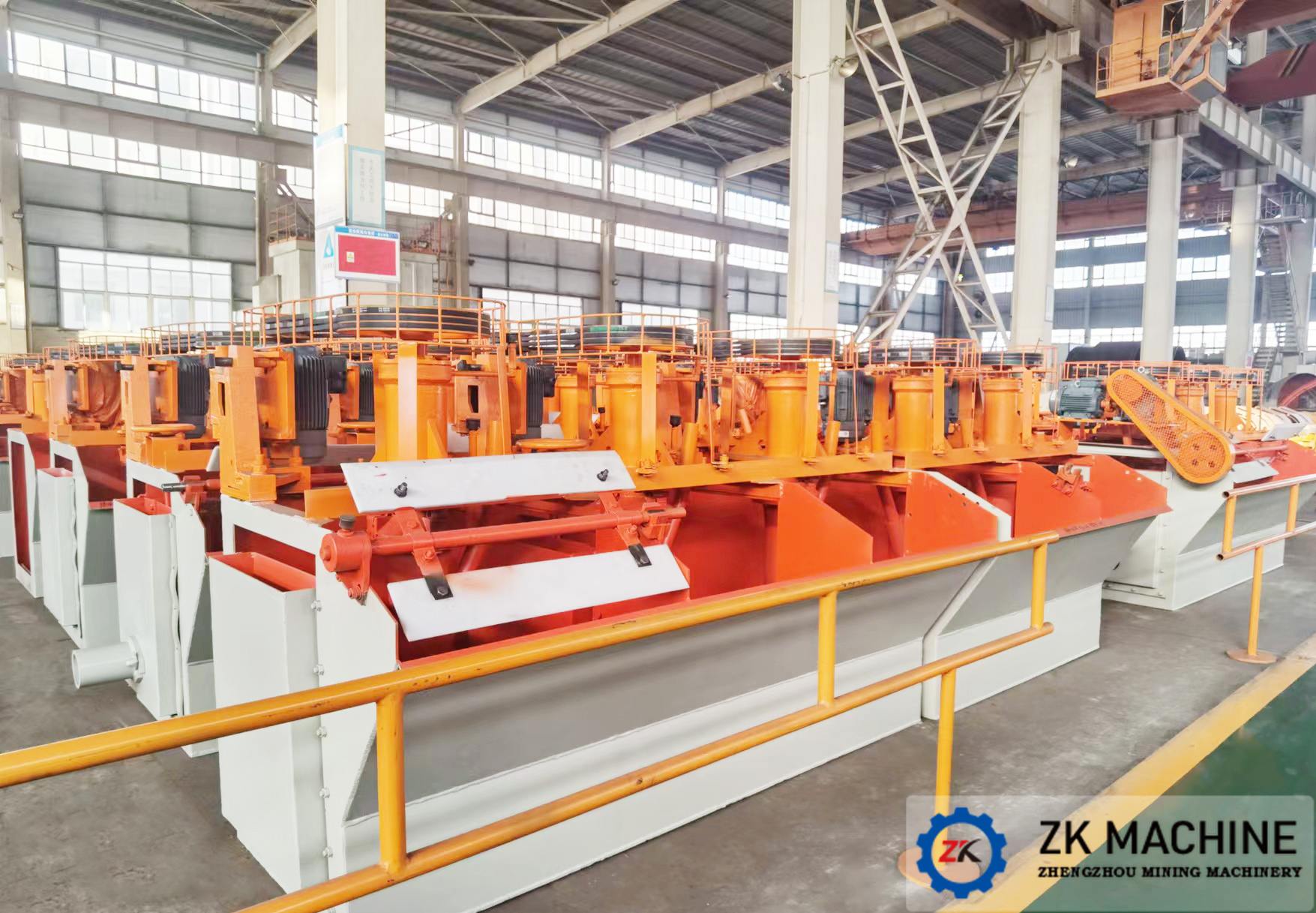 PHOSPHATE ORE DRESSING LINE
PHOSPHATE ORE DRESSING LINE
 PHOSPHATE ORE PELLETIZATION PRODUCTION PROCESS
PHOSPHATE ORE PELLETIZATION PRODUCTION PROCESS
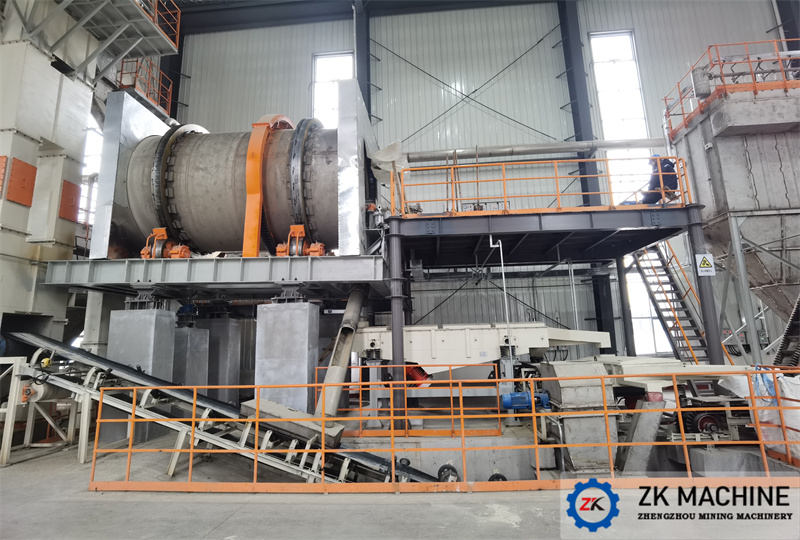 LITHIUM BATTERY RECYCLING LINE
LITHIUM BATTERY RECYCLING LINE
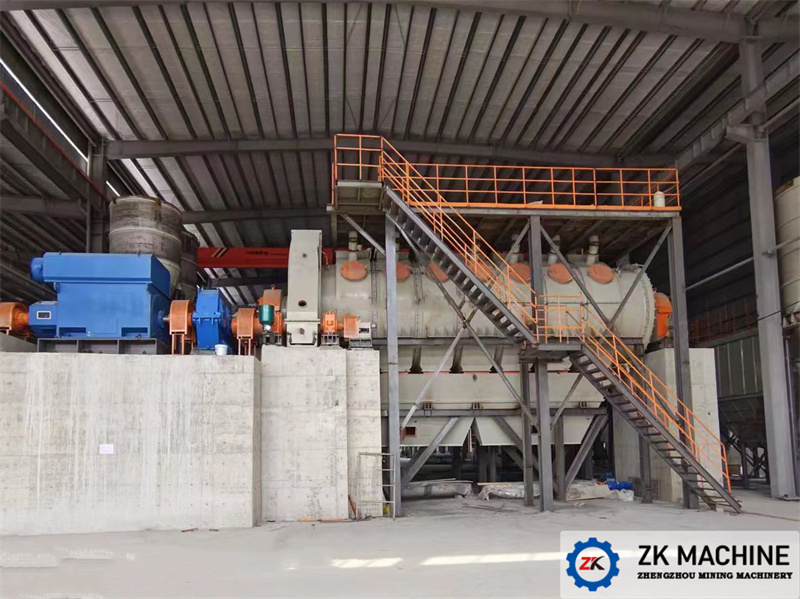 ALUMINA CALCINING LINE
ALUMINA CALCINING LINE
